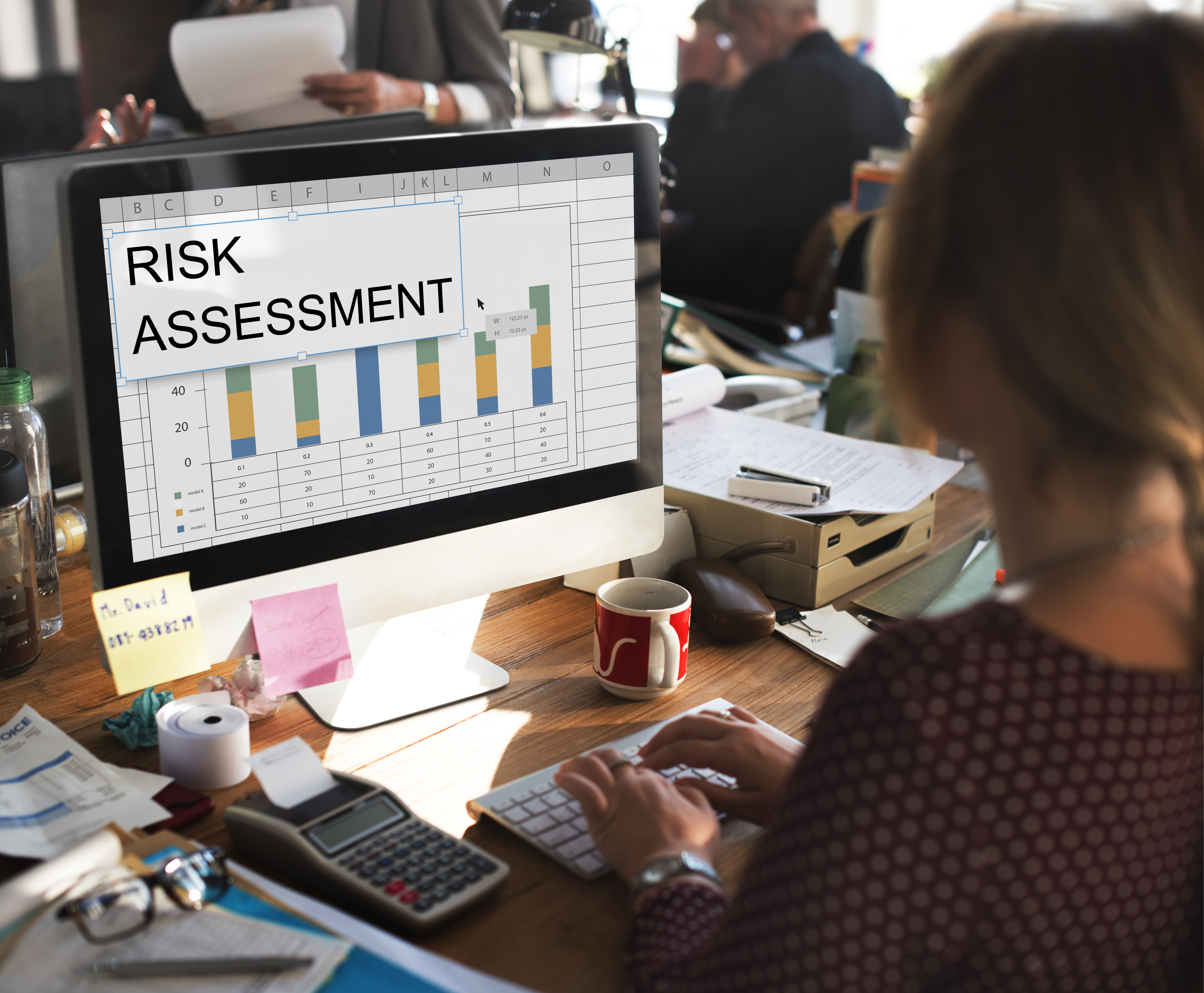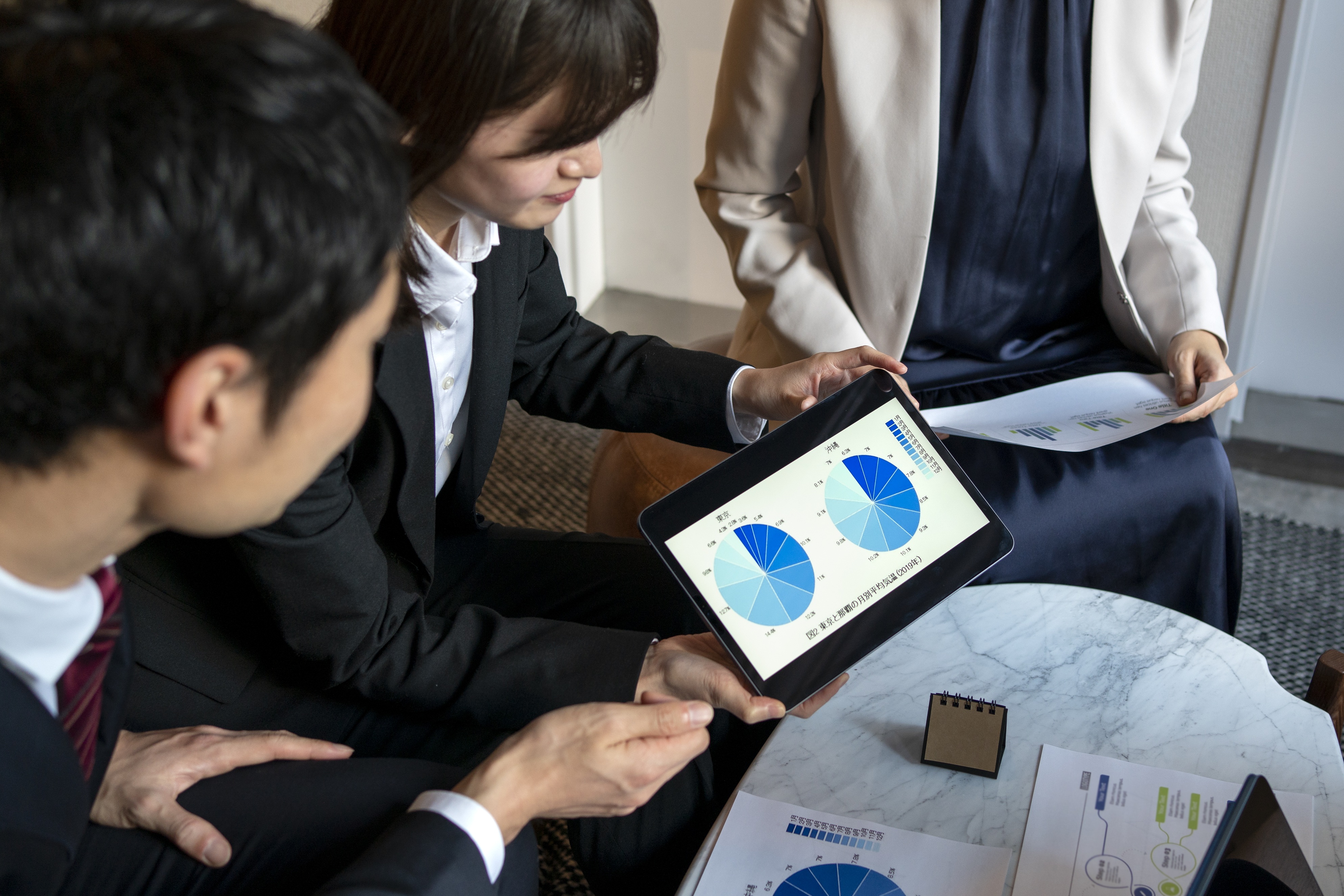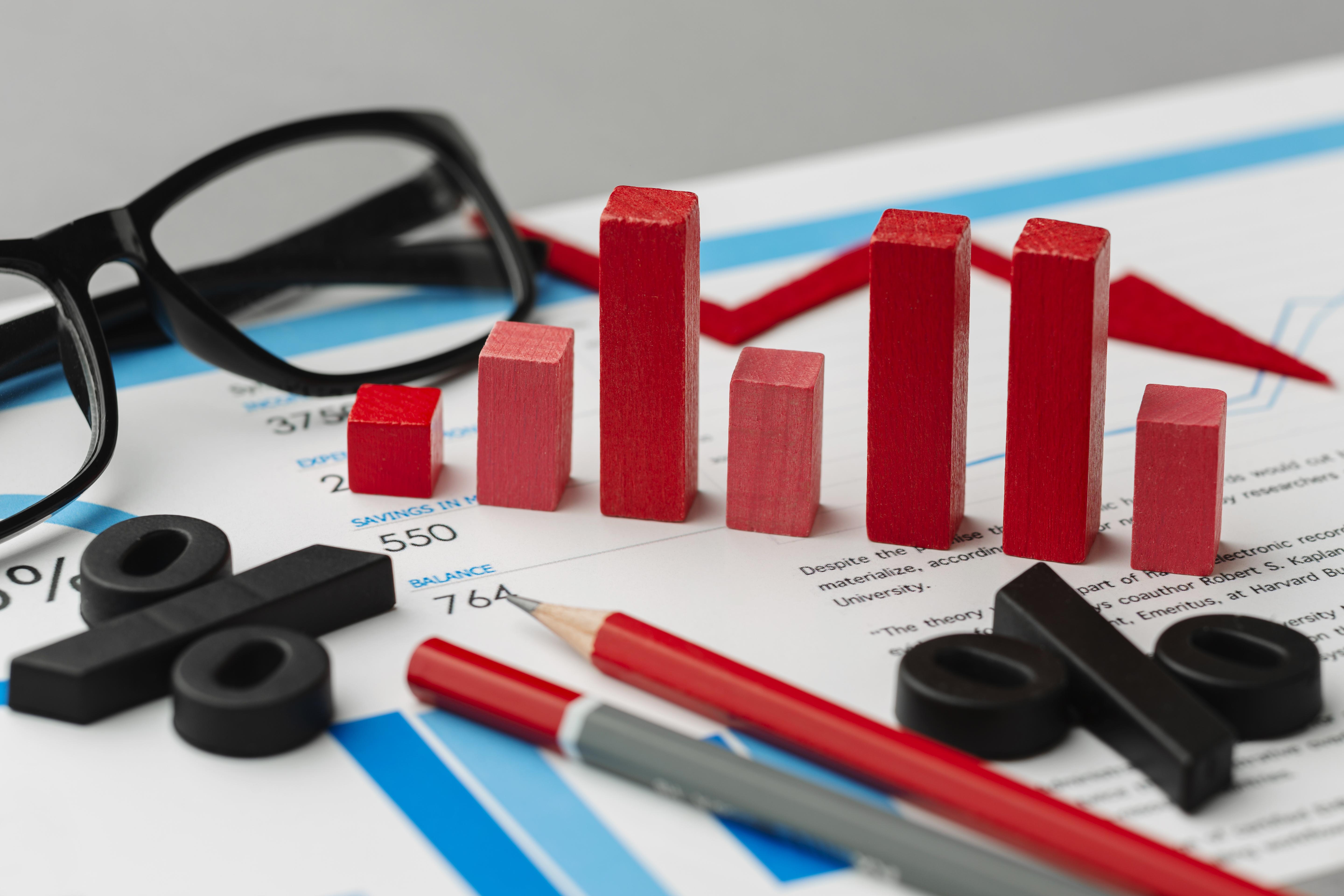Reverse charge is a unique mechanism under the Goods and Services Tax (GST) framework that mandates the recipient of goods or services to assume the responsibility of paying GST, instead of the supplier.
What is Reverse Charge Mechanism – Details?
Under the normal tax mechanism, the supplier of goods or services pays the tax. However, under the reverse charge mechanism, the recipient of goods or services becomes liable to pay the tax. This mechanism helps widen the scope of tax on unorganized sectors, exempt certain classes of suppliers, and tax the import of services. Not all businesses are subject to this mechanism; only specific types of entities are affected.
When is Reverse Charge Applicable?
In the world of Goods and Services Tax (GST), reverse charge is a mechanism where the receiver of the goods or services is responsible for paying the GST instead of the supplier. The reverse charge mechanism is applied to certain types of business entities, particularly those in the unorganized sector.
The Central GST and State GST Acts cover intrastate transactions, while the Integrated GST Act covers inter-state transactions. Section 9(3), 9(4), and 9(5) of the CGST and SGST Acts, as well as sections 5(3), 5(4), and 5(5) of the IGST Act, specify the reverse charge scenarios.
One of the scenarios where reverse charge applies is when a vendor who is not registered under GST supplies goods to a person who is registered under GST, as per section 9(4) of the CGST Act. In such cases, the GST must be paid directly by the receiver instead of the supplier, and the registered buyer must self-invoice for the purchases made.
It’s worth noting that the government periodically publishes a list of goods and services on which reverse charge applies. In the real estate sector, the government has stipulated that promoters must buy inward supplies of up to 80% from registered suppliers. If purchases from registered dealers fall short of 80%, the promoter must pay GST at 18% on the reverse charge for the shortfall. However, if the promoter purchases cement from an unregistered supplier, they must pay tax at 28%, regardless of the 80% calculation.
Additionally, the promoter is responsible for paying GST on a reverse charge basis for TDR or floor space index (FSI) supplied on or after April 1, 2019. Even if a landowner is not involved in regular land-related activities, the transfer of development rights to the promoter is considered a supply of service and is subject to GST under section 7 of the CGST Act. If one developer supplies TDR to another, GST applies at 18% on reverse charge.
Supply of services through an e-commerce operator
In today’s digital age, businesses of all types and sizes are leveraging e-commerce platforms to sell their products and services. However, when it comes to taxation, the rules can be a bit tricky. One such rule is the reverse charge mechanism, which applies to e-commerce operators providing specified services. Let’s take a closer look at what this means.
According to Section 9(5) of the CGST Act, if a service provider uses an e-commerce operator to provide specified services, the reverse charge will apply to the operator, making them liable to pay GST. So, what services are included in this rule? Transportation services provided by radio taxis, motor cabs, maxi cabs, and motorcycles, as well as accommodation services in hotels, inns, guest houses, clubs, campsites, or other commercial places meant for residential or lodging purposes, are all covered.
Additionally, housekeeping services such as plumbing and carpentering are also included, except in cases where the person supplying such services through an e-commerce operator is liable for registration due to exceeding the turnover threshold. For example, Urban Company provides services such as plumbers, electricians, teachers, beauticians, etc. Instead of the registered service providers, Urban Company is responsible for paying GST and collecting it from customers in this scenario.
It’s also worth noting that if the e-commerce operator doesn’t have a physical presence in the taxable territory, a person representing such an operator will be liable to pay tax for any purpose. If there is no representative, the operator will need to appoint someone who will be held responsible for paying GST.
In summary, while using e-commerce platforms to sell products and services can be a convenient way for businesses to reach a larger audience, it’s important to understand the tax implications that come with it. By being aware of the reverse charge mechanism and how it applies to e-commerce operators, businesses can stay compliant and avoid any potential penalties.
Registration Rules Under RCM
According to Section 24 of the CGST Act, 2017, individuals who are required to pay GST under the reverse charge mechanism must register under GST. This applies regardless of whether they have crossed the threshold limits of Rs.20 lakh or Rs.40 lakh.
Who Should Pay GST Under RCM?
When it comes to paying GST under the Reverse Charge Mechanism (RCM), the responsibility falls on the recipient of the goods or services. However, it’s essential for the supplier of the goods or services to mention whether the tax is payable under RCM in the tax invoice.
If you’re the recipient and you’ve paid the tax under RCM, you can claim Input Tax Credit (ITC) on the tax amount only if the goods or services are used for business purposes. It’s important to keep in mind that composition dealers have to pay tax at normal rates while discharging their liability under RCM, and they are not eligible to claim any input tax credit on tax paid.
Also, it’s worth noting that GST compensation cess can be applicable to the tax payable or paid under RCM. So, it’s crucial to be aware of these aspects to ensure smooth and hassle-free GST compliance.






